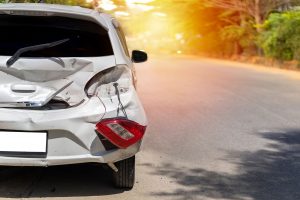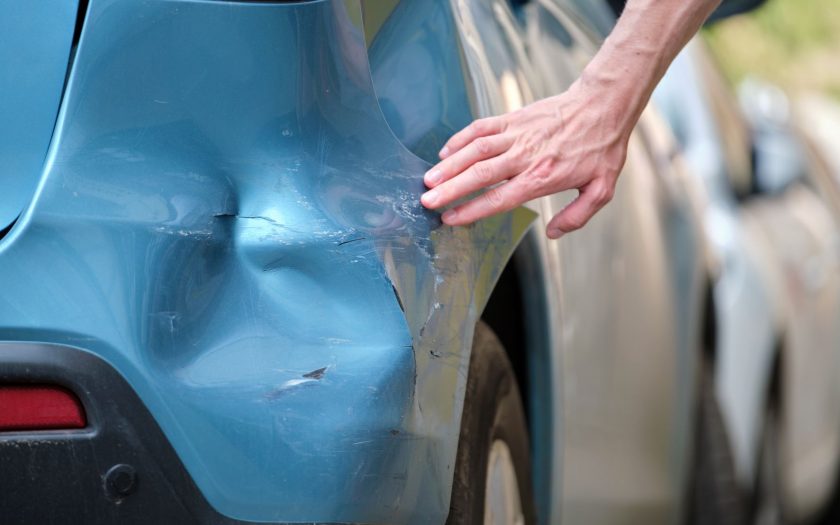MANY OF US REMEMBER the days of hefty bumper bars and even, on some cars, protective overriders. Moden cars seem to crumple from even the most delicate of bumps, and they can be hideously expensive to repair.
The good news is that they are easily avoidable just by slowing down and knowing the length and width of your car.
Figures show repair costs have risen sharply in the past five years, so even a minor indiscretion can end up costing you dearly.
UK motoring organisation GEM’s chief executive Neil Worth says a large part of this could be avoided just by more careful parking.
“The cost of repairs to bumpers, doors and other bodywork or replacement parts has risen significantly, thanks to rising spare part costs and the requirement for expensive re-calibrations of car safety sensors,” he says.
“Slow speed manoeuvring and ‘hit-while-parked’ incidents remain amongst the most common collision types reported by drivers. Although the repair costs are relatively modest compared with other, more serious knocks, there’s inevitably a negative effect on insurance policies as well as the nuisance and down-time of needing a repair.”
“If you’re tempted to keep putting off the repair, then your car’s resale value is likely to plummet.
“But there are ways of minimising the risk of damage and injury by taking things slowly and having a parking plan. This involves a few checks before you move, making best use of any parking aids and doing everything slowly.”
“If necessary, don’t be too proud to ask for an extra pair of eyes on your car as you’re moving. After all, if it prevents a bump in the car park, then the cash stays in your pocket!”

Smart parking tips:
To help drivers avoid parking prangs, follow these simple parking tips:
- Carry out a check of all your mirrors every time you get in your vehicle.
- Familiarise yourself with your car’s length, height and width. Some car parks may have narrower parking spaces or lower ceilings than you’re used to.
- Don’t rush. Plan your journey to allow time for parking, then make sure you choose somewhere suitable and safe.
- Check around for low bollards and high kerbs which can disappear from sight as you park.
- If you have parking aids, cameras and warning buzzers fitted, make sure you understand them and can make good use of them.
- Make a plan when you’re ready to drive away from the space. How close are you to other vehicles? Walls? Kerbs? How tight will your turn need to be? Don’t be embarrassed to ask a passenger to be an extra pair of eyes to see you in and out safely.
And one final thing: if you are unfortunate enough to hit and damage someone else’s car when parking, do the right thing and leave a note with your details. Not only is it common courtesy, it’s also the law (it’s illegal to leave the scene of an accident, even a minor one, without exchanging details).
